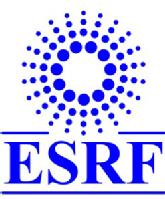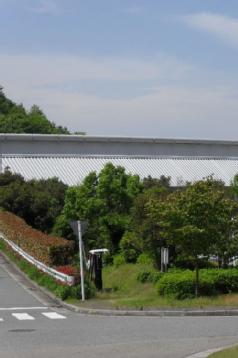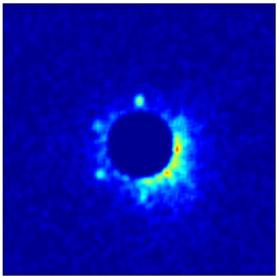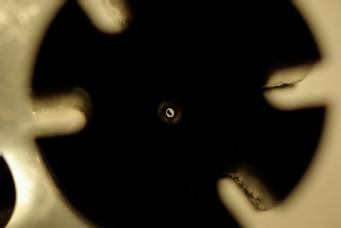Techniques
Magnetic Compton scattering
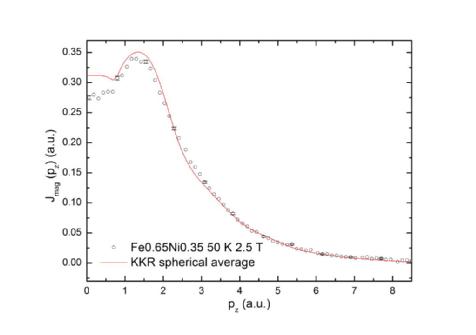
Figure 1: Magnetic Compton profile of Fe0.65Ni0.35 measured at SPring- 8
The details into how this technique works, see here. For much of our work we need to use third generation synchrotron x-ray sources in order to have sufficient flux and high degree of circular polarisation of the incident beam, and thus reduce integration times. We need high incident energies
ID15A
- Sample environment Tsample = 1.3 - 700K
- Field at sample Bsample = ± 9 T
- 13 element Ge SSD with qs = 175o
- Momentum resolution Δpz = 0.4 a.u.
or
- ID = EMPW, Ec = 49 keV
- Sample environment Tsample = 10 - 700K
- Field at sample Bsample = ± 2.5 T
- 10 element Ge SSD with qs = 175o
- Momentum resolution Δpz = 0.5 a.u
Integration time for a single magnetic Compton profile depends on the size of R. To perform an entire experiment can take around 6 days of beamtime. Can thus perform sysematic studies as a function of field and temperature, possibly in the position to measure enough crystallographic directions to make 'reconstructions'.
High pressure techniques have been pioneered for both neutron and x-ray techniques. These experiments are performed with diamond anvil cells (DAC) which, when filled with pressure transmitting fluid, can apply hydrostatic pressures of up to 10 GPa. With the properties of diamond allowing the incoming beam to pass through unaffected. This technique when used in conjunction with our temperature and field conditions allow us to investigate materials over a huge area of the phase diagram.
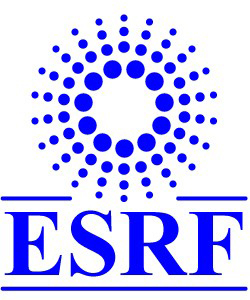

X-ray magnetic circular dichroism (XMCD)
For surface sensitive magnetic measurements we employ x-ray magnetic circular dichroism (XMCD). An imbalance in the spin-up and spin-down populations in the electron shells leads to different absorption coefficients μ+ of left and right handed circularly polarised light. Infomation about the magnetic properties are thus contained in the XMCD spectra (Fig. 1). Analysis of the shape of the spectra through the magneto-optic sum-rules can lead to a determination of <S> and <L>.
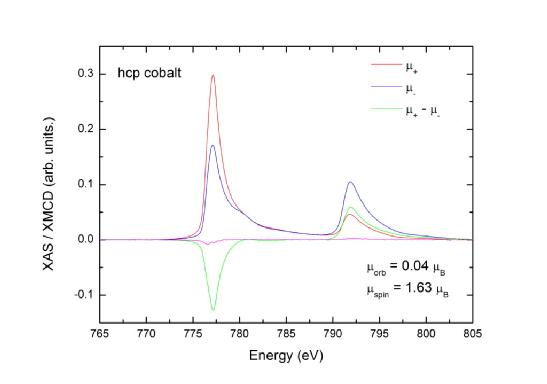
Image 2: XAS and XMCD for pure HCP cobalt measured in total electron yield, with corresponding magnetic moments.
Measurements on single layers, multilayers and also bulk samples are routine. These experiments are performed at :
- Energy resolution, E/ΔE > 10000
- Photon flux > 1011 ph/s/0.02%b.w.
- Beam size < 0.4 mmφ
- Energy range 0.22 to 2 keV
- Sample conditions B = 1.9 T; T = 20 K - 300 K
- Energy resolution, E/ΔE > 10000
- Beam size f = 10
- Energy range 106 - 1300 eV
- Sample conditions B = 6 T; T = 1.5K – 400K
- Energy resolution, E/ΔE > 5000
- Beam size(mm) 2H x 1V
- Energy range 0.2 - 1.6 KeV
- Sample conditions B = 0.2 T; T > 30K


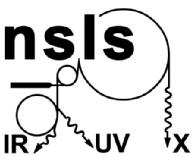
In house facilities
As for crystal growth, structural, transport and magnetisation measurements, these are done with the facilities available to us at Warwick with the superconductivity and magnetism group
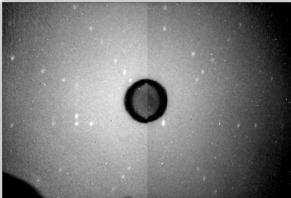
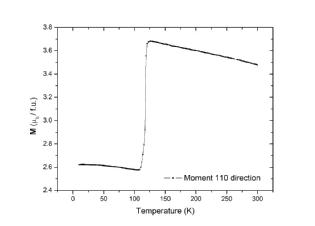
Figure 4: Example of a Laue diffraction image used to allign our samples ready for measurement. Example of magnetometry used to charcterise our samples.
In addition to our experimental techniques we use various band-structure calculation codes to help interpret our data. (With collaboration from colleagues from Bristol Univeristy)

Links

